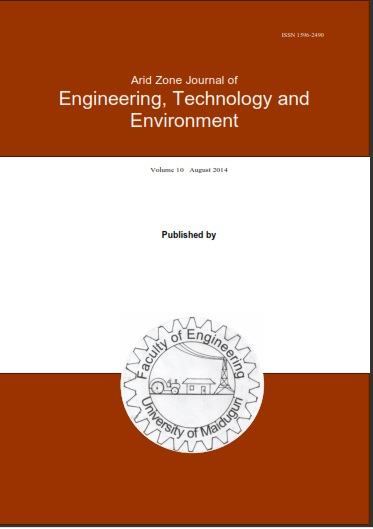Abstract
Waste management has become a pressing global issue, with an increasing focus on sustainable solutions that not only mitigate environmental concerns but also harness valuable resources. Solid waste in various dump sites in Bida, Nigeria, present a significant environmental challenge, posing health risks to the community while emitting harmful greenhouse gases. Characterisation of Kutufani solid waste was carried out. The proximate and ultimate analysis of the waste samples were carried out. Results showed that 29.7 % of the waste to be composed of various types of plastic materials. Other categories of the waste is composed of paper, agricultural waste and textile materials. The proximate analysis of the waste was conducted and the highest moisture content of 6.36 % and volatile matter 43.16 % were obtained. The ultimate analysis results showed Nitrogen and Sulphur content to be within safe limits. The combined calorific values obtained were 25,771 kJ/kg (HHV) and 18,841 kJ/kg (LHV). The waste is suitable for conversion to energy with gasification or incineration process.

This work is licensed under a Creative Commons Attribution-NonCommercial-NoDerivatives 4.0 International License.
Copyright (c) 2024 Arid Zone Journal of Engineering, Technology and Environment

